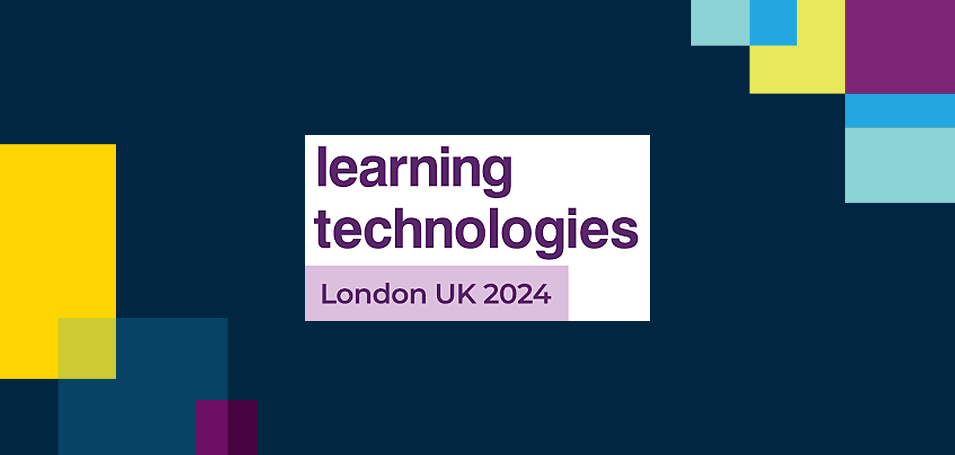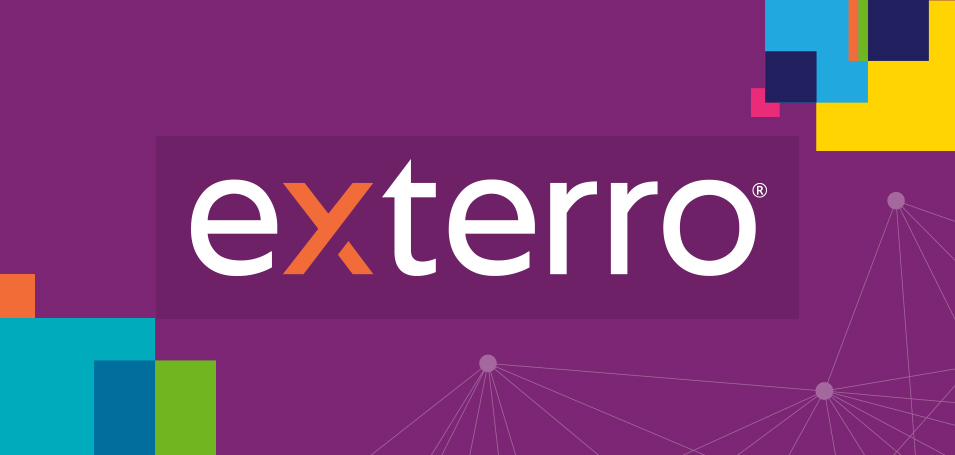Recently, John Ragsdale, Distinguished Vice President of Service Technology Research for the Technology Services Industry Association (TSIA), and Barry Kelly, co-founder and CEO of Thought Industries broadcast the in depth webinar How to Improve Customer Success with Customer Training. It was brought to you by TSIA and sponsored by Thought Industries.
This article captures their expertise and insights, specifically for you.
John Ragsdale:
Today, I’d like to start with the evolution of customer training over the last decade, and how it is impacting customer success. We have some interesting data to share with you regarding:
- Business and customer benefits of ongoing education, and again, linking to customer success. This is about helping existing customers get business value faster and more fully.
- The critical components of a customer training program. What are the elements that you need to consider and need to include?
- Finally, metrics, metrics, metrics. What metrics should you be tracking to measure the success of your program?

John Ragsdale:
We took a quick poll of the webinar attendees asking who is responsible for training your customers? Their responses are a reflection of the industry.
Half of the audience, a full 50%, have dedicated learning and development personnel, which I think is a very good sign.
21% say customer success managers.
Third is professional services consultants with 18%, and then a smattering of product marketers, and only 9% say no dedicated personnel. Barry, is that surprising, or does that fit with what you see?
Barry Kelly:
This is representative of what we see in the market. We see organizations that have been at it for a long time, have more folks that have been in the learning and development side of the business, and have built up a body of work. Obviously, Customer Success Managers are on the front lines. Not only are they helping solve problems day-to-day, but they also have to train customers and conduct customer onboarding.

John Ragsdale:
Let’s talk about who is really in charge of customer success.
When we poll our customer success members and ask, “What is your primary function?” 45% are in charge of onboarding and adoption and making sure customers know how to use the products and are getting value out of them.
Another 45% are focused solely on renewals.
10% on supporting the sales effort.
Even within companies who have a dedicated customer success function, you can’t expect them to be solely responsible for training customers, getting them up to speed, measuring how well they’re doing in consuming the products.
Really, the entire organization is helping with customer success all along the steps of the customer journey. Of course, the education services group is critical. They’re the ones creating all of this amazing content and making sure it’s in all the right formats and easily consumable.
And of course, the customer success organization, typically charged with onboarding customers, tracking adoption of technology, and as we mentioned, renewals and expanded selling.

John Ragsdale:
We have a lot of data about the ROI of customer training, specific to adoption and renewal rates.
Barry Kelly:
This really validates how customer training can positively affect the bottom line. These stats are our go-to. We reference this quite a lot.
Many of our customers are SaaS companies who generate revenue through product subscriptions. Maximizing the renewal rate is their number one priority. As you can see on your slide beforehand, a large part of the customer success team is dedicated to just customer retention.
Ultimately, customer training tries to have a positive influence on product adoption, getting the customers to use the product, and getting them to value as quickly as possible. We see a lot of this in the onboarding process, which is where the rubber meets the road.
The other part of customer training is product engagement. How do you get users using more features or using the product more effectively? Ultimately, we’re looking for how you get a user to get the most success or value from your products.
I think the data point that is really interesting here is the delta between the 92% renewal of trained customers and the 80% for untrained customers. That 12% is going to bring enormous value to the organization.
John Ragsdale:
Is the education services organization a key part of a formalized and documented customer success strategy? By that, we’re asking are the education folks part of developing an education roadmap in conjunction with the customer journey map.
Companies that have education services as part of a formal customer success strategy have a product growth rate of 16.5%. If Education Services is NOT part of the customer success strategy, it is only a 4.6%, and if the company doesn’t have any documented customer success strategy, it is only a 3.2%.

John Ragsdale:
The point we’re making is that regardless of how you define the customer journey, education and learning are critical at every step. From customers attempting to understand which technology they should be buying, to the early phases of adoption, later on when the technology becomes a core part of the company, and ultimately, getting involved in advocacy for the product, and even innovation.
The best situation is when customers are partnering with their technology providers to help them brainstorm and improve the roadmap, to move them more effectively along the adoptive curve.
John Ragsdale:
If we look at how learning and education has evolved over the last decade, there has been a 180-degree turn from the old days of everything in a classroom, to today, where things are primarily consumed online. This has been a very difficult transition for a lot of companies, with a lot of change management involved.
According to our benchmark data, eLearning or digital content is currently costing four times as much to create as traditional classroom content. As you can see from the data on the side, it’s also taking quite a bit longer to create.
We do hear pushback saying, “Why should we be investing in all of these new approaches to learning? It’s so much cheaper and easier to do it the way we’ve always done it.”
First, technology is here to help. Best-of-breed capabilities, and Thought Industries is absolutely one of those providers, will definitely lower the cost and increase the velocity with which you can create content.

John Ragsdale:
The other thing to keep in mind is, even if the digital content is a bit more expensive to create, we have to look at how we’re scaling our customer education program. This data from the education services benchmark shows the average number of students that are being trained in a given year by different methods.
- Public classroom delivery is on average training around 5,000 people a year.
- Video is training 10,000 people a year.
- Online learning management is training almost 20,000 people a year.
Yes, even if it is taking a bit longer and a bit more money to create this digital learning content, we’re training up to four times as many people each year, and these numbers continue to shift.

John Ragsdale:
There are three areas of controversy that we should discuss.
Fee or Free Customer Education Content?
I work a lot with our members on strategy, and at some point, we have to confront “fee or free.” The customer success and support groups push the education group to make all their content free, while learning management wants to charge a subscription fee.
Support says, “Well, we need to make it free, because when everybody can access it, they’ll learn the products faster.” The data shows the reverse. Content that can only be accessed by a subscription is consumed at a much higher rate than when the content is free.
A subscription service requires customers to be more heavily invested in the training process and more fully consume the training content.
Classroom versus Online Customer Education Content?
Another battleground which I’ve already alluded to is classroom versus online education content. Some companies keep saying, “Customers want to come to a class.” Well, our millennial employees absolutely do not want to sit in a classroom. They want to consume the content in bite-sized chunks, learning as they need it, and video is the preferred format.
It’s not just what we want to provide, it’s also what customers want to consume and how they want to consume it. Formats are definitely shifting to online and much more video than text.
Barry Kelly:
I’d like to talk a bit about the pillars of customer training, which is central to the way we at Thought Industries think about the learning experience and learning success. And this applies to everybody, whether you’re starting out with a small team, or you’ve been doing it for many years.
It starts with the ownership of the customer training component. It’s not only a process of developing the capability to target learning creation and learning delivery per persona. You want to be able to create pathways so that you can bring people through these very guided journeys of learning.
Customer success teams have to be diverse. It’s important that there are analysts involved in looking at the data – how do we correlate how users are engaging in the learning with what they’re doing with the product? Product Marketing will help us to understand what’s coming up so we can be prepared for it.

Barry Kelly:
Customer training isn’t just at very, very specific points along the way. It’s spread across the entire life cycle. For products with high levels of complexity, for example, learning begins at the customer acquisition process. Here, it’s really about educating the market and helping the market understand not only why they have a problem and how to diagnose it, but what technologies approach fixing that problem.
Training is so important during the trial period because you’ve got very limited time for the customer to realize value.
Then we move into onboarding. Here too, we train to decrease the customer’s initial time to value, and then onto another time to value. Then, ongoing engagement, adoption and advocacy. This is a huge revenue opportunity.

Barry Kelly:
Delivery is where there’s a tremendous amount of opportunity for scale and for learning diversity. The successful companies that we work with have a tremendous amount of diversity in their customer training delivery.
This “blended” learning delivery becomes incredibly powerful, and goes from a micro-learning interaction, maybe a short article or a help article or a video, all the way to multi-year programs. You are enhancing the learning experience throughout the lifecycle.
We’re seeing a huge increase in micro-learning. You get a lot of scale by creating short-form content and videos that can be easily found, bundled together and put into pathways, and in on-demand courses.
Blended learning allows you to create specialized pathways for unique personas. It could be a super-user pathway for onboarding or a business owner persona-based pathway. Curating content with delivery options across the board are really powerful.

Barry Kelly:
We need the customer training technology stack to facilitate development, automate delivery and consolidate all user records in one place. We also need it to interconnect the customer training technology with everything else that’s happening in your customer success platforms, like
- Salesforce
- Marketing automation tools
- Virtual training tools, and more
This technology stack lifts your business by giving you the ability to create content very easily and quickly in the browser. Commerce and monetization are enabled. Couponing, discounting, credits, subscriptions, and multi-tenant licensing will all help you drive revenue.
Being able to create multi-tenant entry points for your customers is distinguishing. Each customer gets a unique experience designed for them. Their managers can see how the people on their team are progressing with your technology.
The technology stack also ensures brand integrity, so learning becomes a complete extension of your brand.
You need the customer training technology stack to have robust reporting capabilities. What’s happening with users, the user groups, the different cohorts, why are they falling off, why are they progressing, what should they be taking next and what learning content can you recommend to them?

Barry Kelly:
As you shared earlier John, there’s a tremendous amount of collaboration that’s needed, from selling, training, to delivery and operations. Product marketing needs to be involved and to project what’s coming down the pike. Marketing must be able to effectively communicate with individuals at all stages of the customer success lifecycle.

Barry Kelly:
Let’s do a quick overview of the metrics that matter.
Ultimately in the subscription model, churn is the overarching concern. Essentially, it all comes down to your renewal rates and the volume of renewals.
Training impacts renewals. As we saw earlier, trained customers renew 12% higher than customers who are not trained. I’ll take that improvement all day long.
Start the customer training early. Map product engagement alongside learning engagement to build a picture of that learner and that individual, of how they’re doing.
Focusing on time to initial value is what we at Thought Industries call creating early wins. You want your customer to have a concrete accomplishment using your software. Build a homepage, set up a course, do whatever it takes. The question is, how long does it take us to get that early win?
This puts the customer on the path to more wins, and the essential win, which is the time to ROI. The question then becomes, when can we begin to recognize what value we’re getting from your technology?
Barry Kelly:
I’d like to add one last thought.
At Thought Industries, we think the road to success, to increasing engagement and reducing churn rate, is to find a customer training LMS provider that is willing to work in partnership with you, to understand the complexity of your business, how you’re looking to grow, how you need to scale your online learning business.
It’s not just what the technology can do, but the support you get in the long term.



